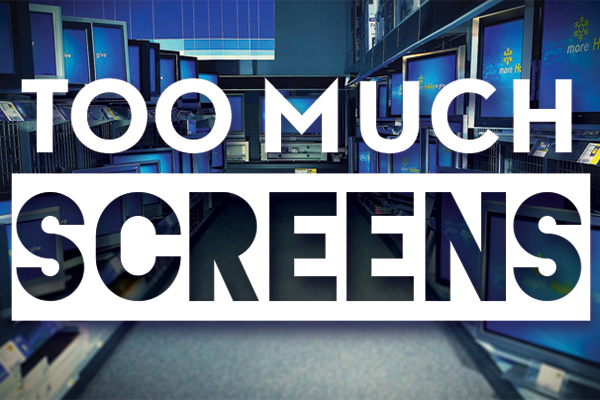Too much screens | Issue 27
Hannibal
The psychological nooks and crannies of Will and Hannibal's relationship — which is in turn intimate, co-dependent, and adversarial — are explored against a backdrop of elaborate, nightmarish murder scenes, rich with metaphor and ripe for psychological interpretation by the FBI's team. The story happens in a hazy, dream-like world where serial killers are common, justice is poetic, and where psychological truth takes precedence over causal realism. While Hannibal might resemble countless case-of-the-week murder dramas, this is no procedural; the clues here are to do with meaning and interpretation, not database searches and guest-star red herrings.
Yes, this is a show where people largely stand around and talk about their feelings, but make no mistake, this may very well be the most visually rich and inventive show to ever grace the small screen. Shot in rich blues and deep reds, everything in Hannibal is luxurious and exquisite to behold, even when it's making you squeamish. The food and the murder scenes are both at once beautiful and repulsive. Expertly prepared and tantalisingly presented meals are rendered horrifying in virtue of their ingredients' origins, while the most horrible and twisted crime scenes are made perversely entrancing thanks to the creativity expressed within. In Hannibal, criminals are artists, trying desperately to express themselves through the most profane and extreme medium available. Similarly, the show, through its rich visual style and Brian Reitzell's entrancing and unsettling score, uses the indecipherability and inevitability of death to blow basic human emotions up to the cosmically-important scale that they so often feel.
Honestly, I have no idea whether this description is making anyone want to seek this show out, so I should probably emphasise that more than just being psychologically rewarding and intense, Hannibal's operatic nature makes it a heck of a lot of fun. Staying true to the pulpy origins of the books, Hannibal is full of twists and reversals, and anyone familiar with the source material and films will be able to enjoy the way the show plays on the previous versions, re-contextualising lines of dialogue, re-interpreting familiar images, and retelling plot developments from the show's unique perspective.
From its beautiful writing to its perfect plotting, sumptuous style and uniformly wonderful cast, Hannibal is an all-around treat. I have never been this excited about every aspect of a show, and assuming you have the stomach for it, it's a show that I unequivocally recommend.
That's it from me talking bunk about TV for Critic this year, but thanks for reading, good luck with exams, and keep reading at toomuchscreens. com and on Facebook at Too Much Screens!



